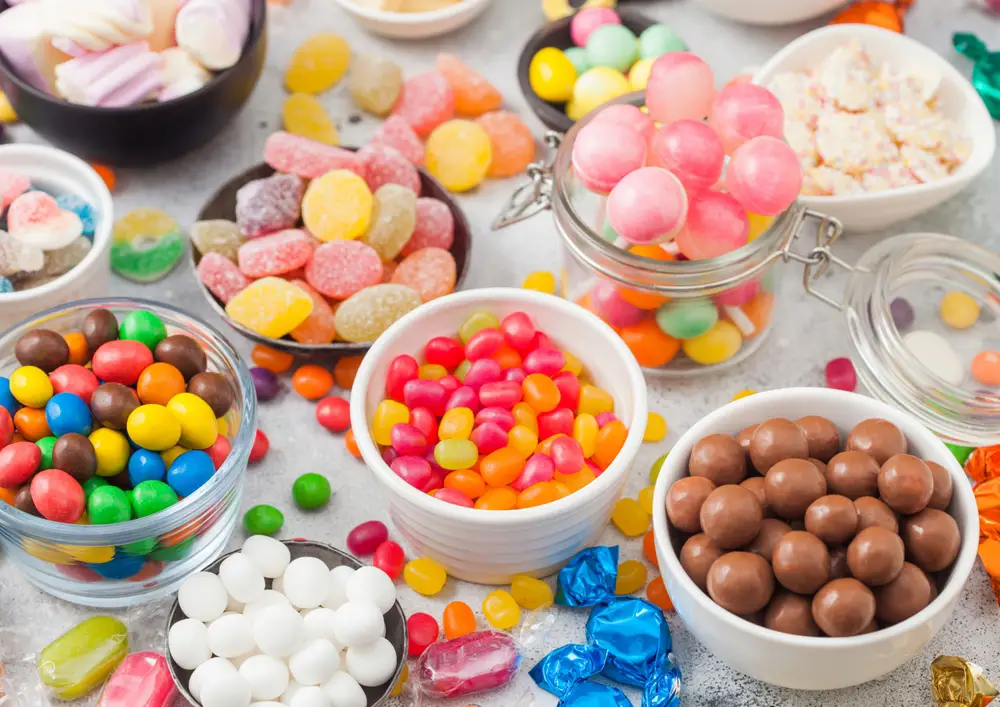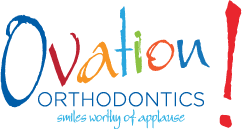What Can You Eat With Braces? A Comprehensive Guide

What Can You Eat With Braces? A Comprehensive Guide
“Can you eat popcorn with braces?” The answer is what you might expect: “You can, but you definitely shouldn’t!”
Many orthodontic patients worry about dietary restrictions while wearing braces. These limitations might seem overwhelming at first.
However, focusing on the wide variety of foods you CAN eat—rather than what you can’t—makes the adjustment much easier. This positive approach might even help you develop healthier eating habits that continue long after your braces come off, benefiting both your oral health and overall wellbeing.
Foods to Avoid With Braces
Let’s start with the orthodontist’s “forbidden foods” list. Here’s what you should avoid with braces—that is, if you want optimal results with minimal pain, in the shortest time possible, and without unnecessary costs.
Sticky and Chewy Foods
Biting into sticky or chewy foods can pull on your braces, potentially loosening or breaking wires, bands, and brackets. This could lead to emergency orthodontist visits and prolong your treatment time.
These foods also tend to get trapped in your braces and between teeth, creating a buildup of food debris and bacteria that increases your risk of tooth decay and gum disease.
While wearing braces, avoid:
- Chewing gum
- Gummy candies
- Caramels
- Licorice
- Snack bars
- Dried fruits
- Peanut butter
Hard and Crunchy Foods
Even nutritious but hard foods like raw apples or carrots aren’t ideal choices with braces.
Hard, crunchy foods put excessive pressure on braces and can break into smaller pieces that become lodged in your braces or between teeth. These include:
- Popcorn
- Nuts
- Hard pretzels
- Potato chips
- Hard candies
Tough Meats
Chewing tough meats can strain your braces. Small meat pieces may get stuck between your teeth and braces, leading to food buildup, tooth decay, and gum disease. Avoid:
- Steak
- Pork chops
- Beef jerky and other tough meats
Braces-Friendly Foods
Now for the good news: You still have plenty of delicious and nutritious food options with braces! The variety of braces-friendly foods is extensive and offers numerous dental and overall health benefits.
Soft Fruits
Can you eat grapes with braces? Absolutely! Along with bananas, melons, peaches, ripe pears, mangoes, kiwis, and blueberries. These fruits are gentle on your braces and packed with essential vitamins and minerals that promote oral health.
Soft Breads
Tortillas, pitas, and sandwich bread are easy to chew and won’t damage your braces. Grains like rice, quinoa, and couscous are excellent, braces-safe options.
Soft Cheeses
Soft cheeses such as cottage cheese, brie, camembert, feta, and ricotta are gentle on braces. They provide calcium and casein, a protein that helps strengthen tooth enamel and promote oral health.
Cooked Vegetables
Steamed broccoli, cooked carrots, green beans, and squash won’t put extra stress on braces. They’re rich in nutrients like beta-carotene, vitamin C, and potassium—all essential for oral health.
Pasta
Most pasta shapes—including penne, rigatoni, and spaghetti—are safe and easy to eat when properly cooked. Pasta serves as a versatile base for countless delicious sauces and toppings. (Just avoid dishes with hard ingredients like nuts that could get trapped in your braces.)
Mashed Potatoes
This comfort food’s smooth, creamy texture makes it perfect for braces-wearers. Mashed potatoes contain beneficial nutrients like potassium, vitamin C, and fiber. Enhance the flavor with garlic, chives, cheese, cinnamon, or brown sugar. (Avoid crunchy toppings like bacon bits or fried onions.)
Yogurt
Yogurt makes an excellent braces-friendly snack, provided you choose varieties without fruit pieces or other chunks. Yogurt is protein-rich and contains beneficial bacteria that help protect against cavities and tooth decay. It also helps reduce inflammation and combat bad breath.
Smart Eating Strategies With Braces
When you have braces, HOW you eat is just as important as WHAT you eat. Consider switching to bite-sized pieces that are easier to manage and won’t harm your orthodontic appliances.
In fact, you can occasionally enjoy some “forbidden” foods if you prepare them properly. By cutting fruits and vegetables like apples, carrots, and celery into smaller pieces, you can still enjoy their taste and nutritional benefits without risking damage to your braces.
However, even smaller pieces of sticky and chewy foods can still get trapped, so consume these as infrequently as possible to protect your teeth, braces, and overall health.
With thoughtful planning and awareness, you can enjoy a varied diet while working toward your beautiful smile. For orthodontic services and more guidance on caring for your braces, consult with your orthodontist.
